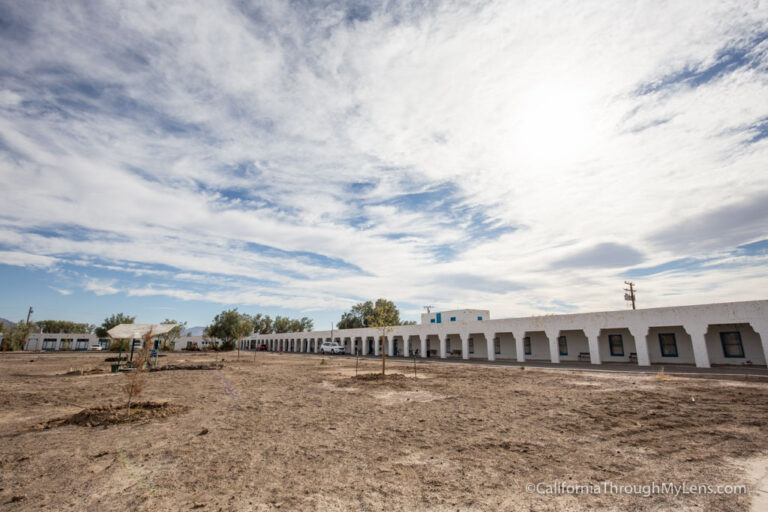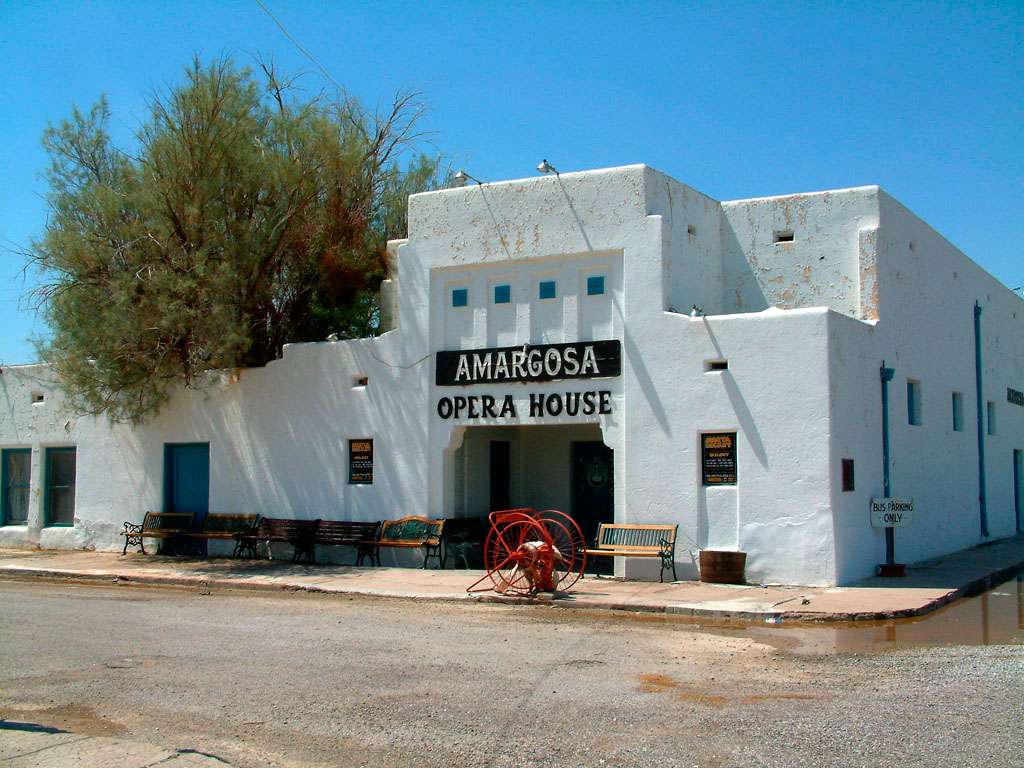

There are four places in the park itself - including the Panamint Springs Resort where I spent two haunted nights four years ago - and then there are a variety of small towns around the periphery of the park, all at least a half hour's drive from the park boundary.Īfter spending one uneventful night in the popular stopover town Beatty, NV, I spent the last night of my Death Valley weekend in a far more remote location: Death Valley Junction, a ghost town whose only remaining business is the Amargosa Opera House & Hotel.ĭesignated a National Historic Landmark, the Amargosa was originally built in the 1920s as a borax company town for local workers. This includes scheduling a varied and robust performance season and maintenance and restoration of the buildings (the adobe walls, upgrades for electrical and plumbing and the irreplaceable murals that Marta painted both in the Opera House and throughout the hotel.There are very few places to stay overnight when visiting Death Valley, if you're not going to camp. Since Marta’s passing, the non-profit that she created is doing much to continue the preservation of Death Valley Junction.

She was a prolific creator who lived to produce her art.

The space in the Opera House feels sacred and many who have entered its realm can feel Marta’s creative force and are inspired. Marta often painted herself as the dust devil, a ghostly figure spiralling up out of nowhere, lingering in the soft desert light. But to those who realize that the desert offers so much life, it is no surprise that a ballet dancer from New York City was doing the most creative work of her life out here. She was a steadfast beacon of creativity in a place that is often seen as devoid of any source of nourishment. Many visitors to the Junction nowadays recall an interaction with Marta or fondly recount seeing her perform in her Opera House. There are many stories and rumors about Marta and her life in Death Valley Junction. An opportunity of a lifetime had presented itself where everything she had learned, created, and experienced, brought her to this point. When Marta returned with her husband later in 1967, their belongings in tow, she must’ve felt an incredible amount of excitement. Most of the articles about Marta’s serendipitous journey recall that fateful day when she peeked through the hole in the door at the back of the social hall of the adobe building in Death Valley Junction. The theatre had been silently waiting for her and her alone. Imagine discovering the little theater in disrepair in a dusty town seemingly in the middle of nowhere on a spring afternoon in 1967.


 0 kommentar(er)
0 kommentar(er)
